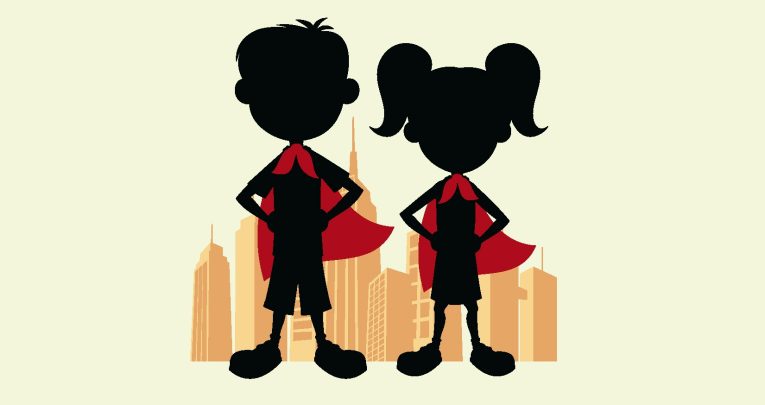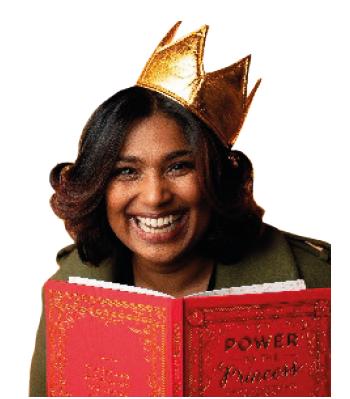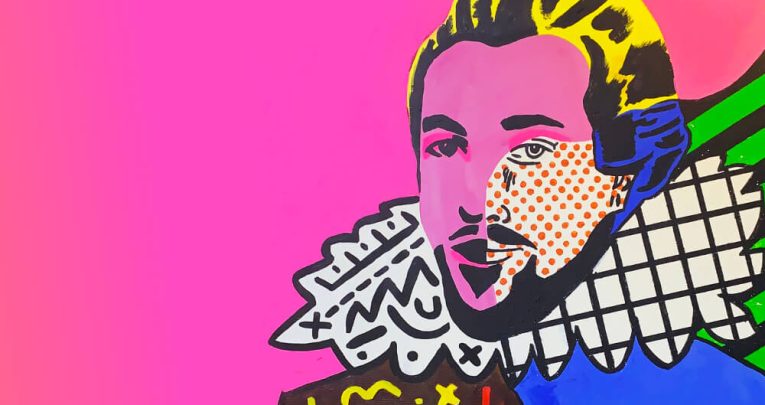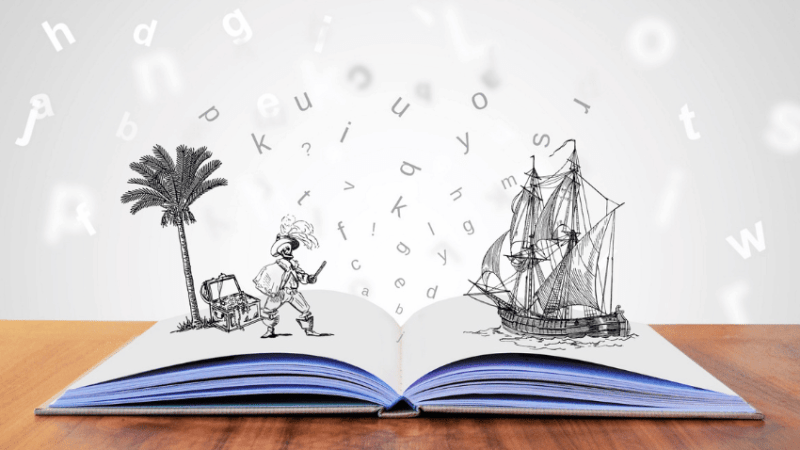Hero stories – What are children really learning from them?

Children are surrounded by stories of heroes, says Vita Murrow – but what messages are they taking away from them?

- by Vita Murrow

Heroes permeate our culture, throughout entertainment, media, and in the stories we retell. We cross paths with their narrative every day in cinema and literature, fashion and costume, hair styles, slogans and hashtags.
Heroes are emblematic of the fortitude, risk taking and boundary breaking that is key to our survival and evolution. The arc of these stories shows the hero having impact, receiving recognition and fulfilling their potential.
As educators, we follow and help develop the arc of the stories of the young people with whom we work. We scaffold them so they may recognise and meet their potential. In this role, it’s important to look at the hero stories that surround us, and ask how they might influence a reader’s sense of self.
Beyond limits
The elevated status of heroes is seeded in their origin stories. Origin stories tell us where we have come from and show where we may be going. Hero stories pave this journey with the idea that we all have unique hidden powers waiting to be discovered.
For children, discovering these stories can be tremendously powerful. Yet the representation and breadth of characters can also limit the range of who readers perceive can become heroes.
One of the limits that is most restrictive is the notion that hero status is reserved for one person, or one kind of person, and that this is written in one’s destiny. I reject this perception, and in my work as a writer I’ve endeavoured to challenge it.
I strive to put forth new and varied versions of heroes from fairy tales and lore, so that young readers can see themselves represented in these characters. They can then make connections and analogies between the esteem of the characters and their own self-worth.
Sometimes being a child can feel small, and childhood full of limits – a constant stream of ‘can’t, ‘mustn’t’ and ‘when you’re older’.
I want to be sure that literature represents a place where readers challenge these sentiments. Where kids may feel aligned with great leaders, with seats of power, authority, wisdom and prominence.
And that these are shown to be accessible to anyone regardless of where they come from, what they look like, or what their origins may foretell.
A bigger bubble
One of my favourite parts of unpacking this theme as a writer has been working directly with students and educators on author visits. It’s in these moments that I’m able to see what my writing sparks in readers.
I learn from their appraisals and reflections. With students I often discuss the concept of ‘hero’ as akin to blowing a bubble with bubble gum.
I ask students to imagine blowing a simple bubble as their starting point, to represent an average hero story: King Arthur or Robin Hood or Prince Charming (from any number of stories).
Then I ask the students; “are you satisfied with your regular size bubble, or do you think you can make it bigger?” I typically get encouraging nods. They want to go bigger.
“So,” I ask, “if the bubble were bigger what could you fit inside? What traits, what characteristics, how might the idea of a hero be stretched?”
That’s when I hear from students that a hero character may be complex, lonely, maybe doesn’t marry a princess. I learn from young voices that a hero can fail, can apologise, can rise up sooner, can fight smarter rather than dirtier, can even ask for help.
I hope as you read this you too are thinking of ways to expand seemingly cemented tropes and to be more inclusive of the broad human experience lived by your students.
Maybe you know a kid like Pinocchio in your class, figuring out their identity.
Perhaps you have a King Midas in the playground, who is learning that all that glitters is not gold.
I urge you to put to your students the question “What more can a hero be?” and join me in reimagining these epic characters in ways that honour who young readers are as scholars, citizens, and friends.
Vita Murrow is an artist, educator and CILIP Carnegie and Kate Greenaway nominated children’s author. Her latest book, High-Five to the Hero (Frances Lincoln Children’s Books) is a collection of 15 classic tales retold with added boy power.









